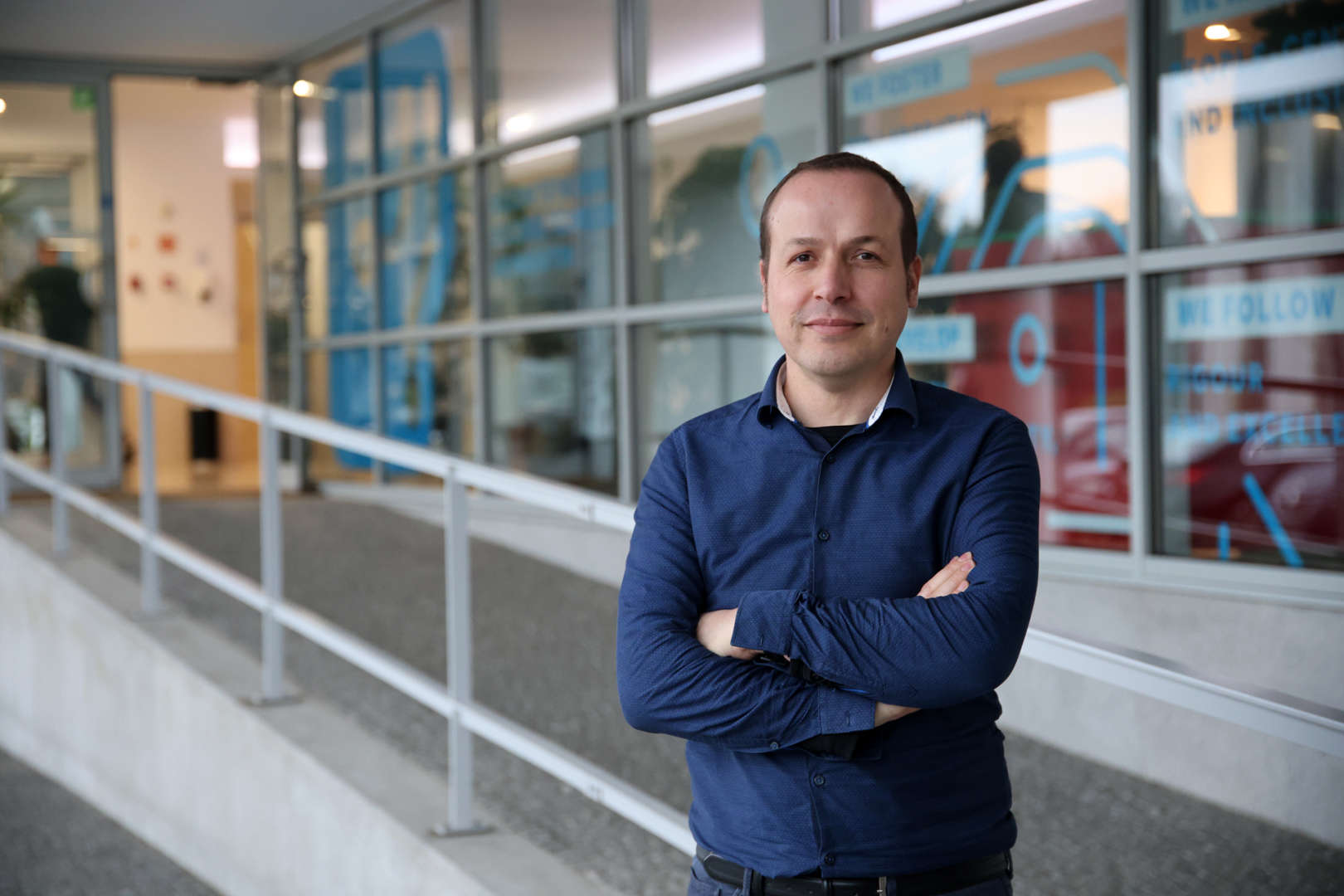About
Filipe Neves dos Santos was born in São Paio de Oleiros, Portugal, in 1979. He olds a Licenciatura (5-year degree) in Electrical and Computer Engineering in 2003 from Instituto Superior de Engenharia do Porto (ISEP), a M.Sc. in Electrical and Computer Engineering from the Instituto Superior Técnico (IST) da Universidade Técnica de Lisboa, in 2007, and received the PhD degree in Electrical and Computer Engineering at the Faculdade de Engenharia (FEUP), Universidade do Porto, Portugal, in 2014. His professional passion is to develop autonomous robots and machinery to solve real problems, desires and needs of our society and to contribute for self-sustainability and fairness of the global economy. Actually, He is focused in developing and researching robotic solutions for agriculture and forestry sector, where is required a higher efficiency for our world self-sustainability. Considering his closer regional reality, he have setup the goal to promote agricultural robotic based projects and develop robots that can operate fully autonomously and safely in steep-slope scenarios, which is a common reality of North of Portugal and in other large number of world regions. As so, he is interested in explore and develop robots for specific agricultural and forestall tasks such as: monitoring (by ground), spraying, logistics, pruning, and selective harvesting. The successfully execution of these task is largely dependent on the robustness of specific robotic systems, such as: - Visual Perception; - Navigation (localization, mapping and path planning); and - Manipulation and end tools. For that reason Visual Perception and Navigation are his main research fields inside of robotics research. His formation in Electronics and Computer Engineer (Bachelor (old-one of 5 years) MSc (sensor fusion), PhD (semantic mapping) ), experience of 4 years as entrepreneur (technological startup), 8 year as robotics researcher, 5 years as manager (in supporting tasks in a family enterprise), and 6 year as electronics technician will help him to successfully contribute for the agricultural and forestall robotics future.


